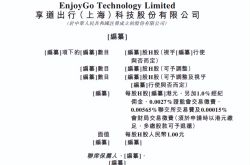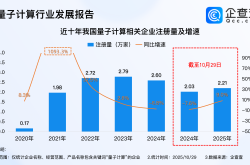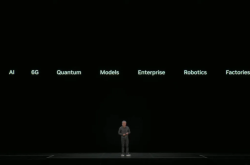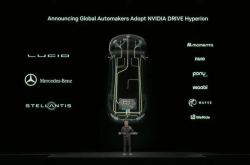iQOO Steps into the Ring: Redmi K90's Toughest Rival Unveiled Tonight. Despite a Price Increase, It Still Delivers Unmatched Value!
![]() 10/30 2025
10/30 2025
![]() 356
356
When deliberating on Xiaomi's most notable accomplishment in contrast to Apple thus far, some might highlight the strategic maneuvers that propelled sales of the latest 17 series to new heights. This observation is indeed valid. Nevertheless, from a broader vantage point, a growing number of individuals are now evaluating Xiaomi against other domestic smartphone brands. This shift suggests that Xiaomi's brand equity has ascended in the eyes of consumers, a sentiment that also extends to its subsidiary, Redmi. The ability to outshine competitors hinges largely on the rivals' own prowess. Take the K90, for instance. Upon its initial release, it unquestionably offered exceptional value for the price.
However, the competition is fierce and unrelenting. Several recently launched models within the same price bracket have exerted significant pressure on the K90 in terms of cost-effectiveness. While the K90 may still hold its own when prices are on par, if a competitor introduces similar specifications at a more attractive price point, such as the iQOO Neo11 making its debut tonight, I believe it will present an unprecedented challenge to the K90.
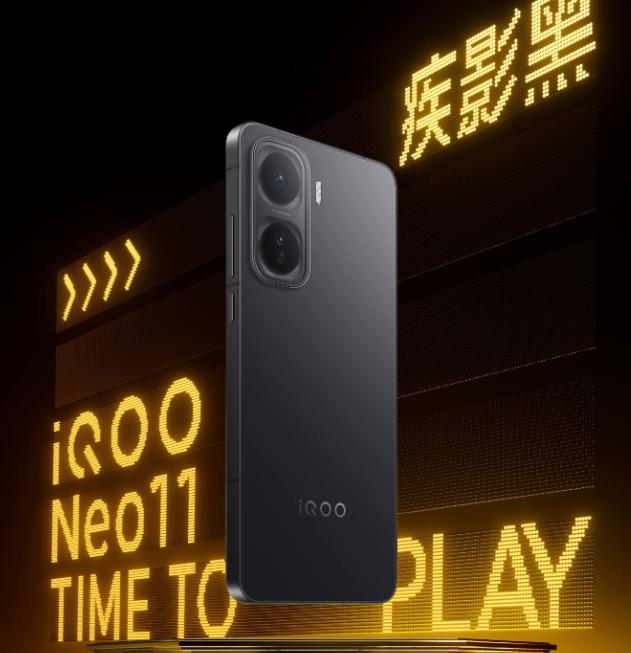
Firstly, in the realm of CPU chips, both devices employ the Snapdragon 8 Elite Edition. When it comes to screen quality, the Neo11 boasts a genuine 2K display with outstanding specifications across the board. You can easily envision its display prowess. In contrast, the K90 utilizes a 1.5K screen but incorporates 'Super Pixel' optimization, which the manufacturer claims can achieve 2K display standards while consuming less power. Nonetheless, some argue that software enhancements cannot fully bridge the gap in hardware capabilities, and many remain more confident in the performance of traditional 2K displays.
Regarding battery life, the Neo11's combination of a 7500mAh battery and 120W fast charging appears superior on paper. However, the higher power consumption of the 2K screen might even out the endurance between the K90 and Neo 11. Both devices feature metal frames, so there should be minimal difference in tactile feel. Gaming performance has always been a focal point for mid-range smartphones. The Neo11 will support native 144fps gaming, elevating visual quality and smoothness to near-flawless levels.
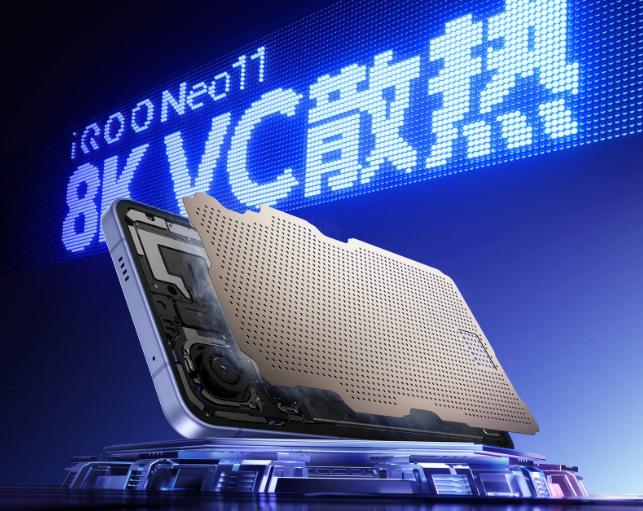
Of course, the K90 is no slouch in the gaming department either, thanks to its Rage Engine optimizations. Additionally, the Neo11 offers a student-centric feature: it will be the first to launch with a dedicated campus gaming network (significantly reducing latency when connected to campus WiFi, though this feature won't be available out of the box and will require a subsequent OTA update). Coupled with an 8K ultra-large VC cooling system, even extended gaming sessions can maintain device temperatures within reasonable bounds, which is particularly meaningful for students with more leisure time.
In terms of protection, both devices are expected to meet top-tier IP68/69 standards (now essentially a given for mid-range devices). Regarding imaging capabilities, if the Neo11 replaces its rear portrait lens with a telephoto lens and upgrades it to 50 megapixels, its photographic prowess might slightly surpass that of the K90.
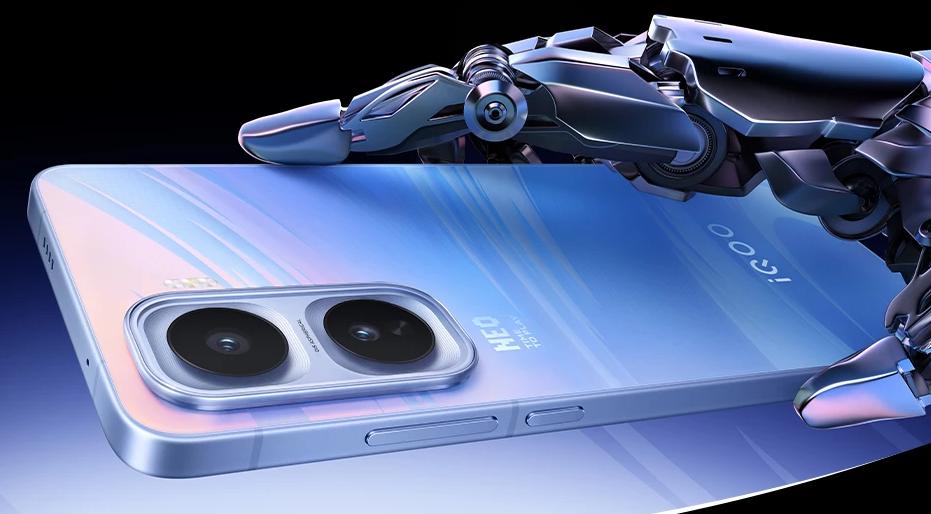
As for pricing, it's highly improbable for the Neo11 to maintain its original price point. Nevertheless, even with a price hike ranging from 200 to 2499 yuan, considering its revealed feature set, its cost-effectiveness remains nearly unparalleled.



